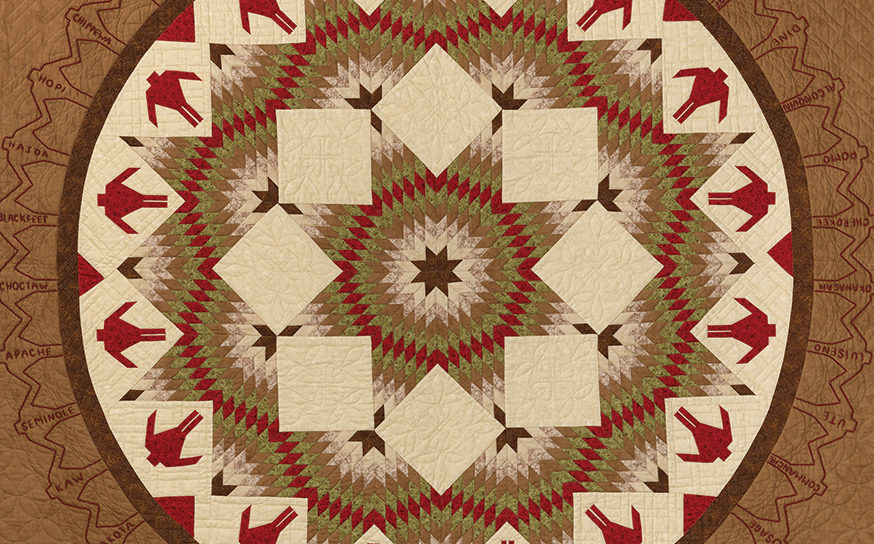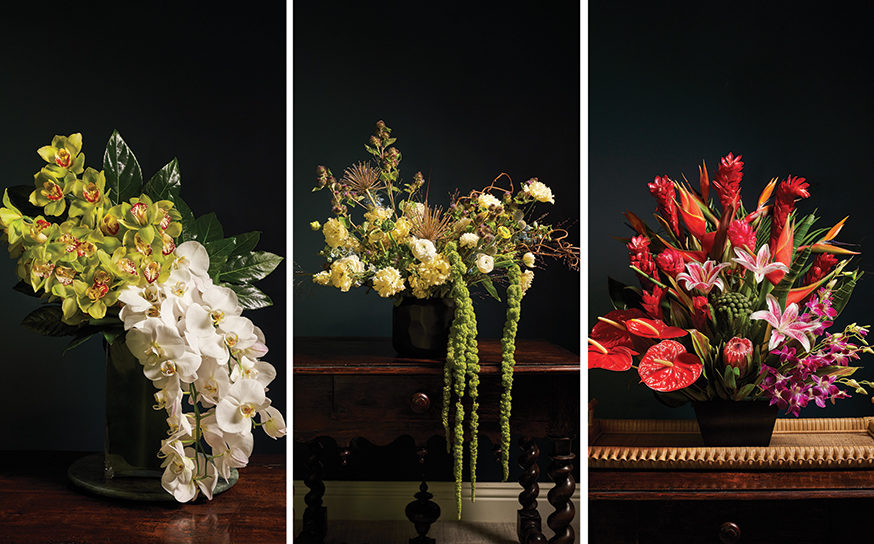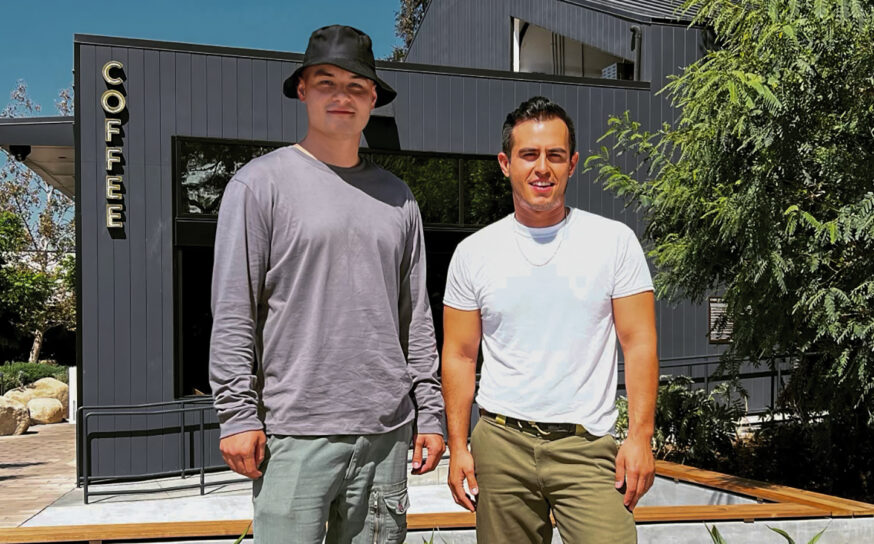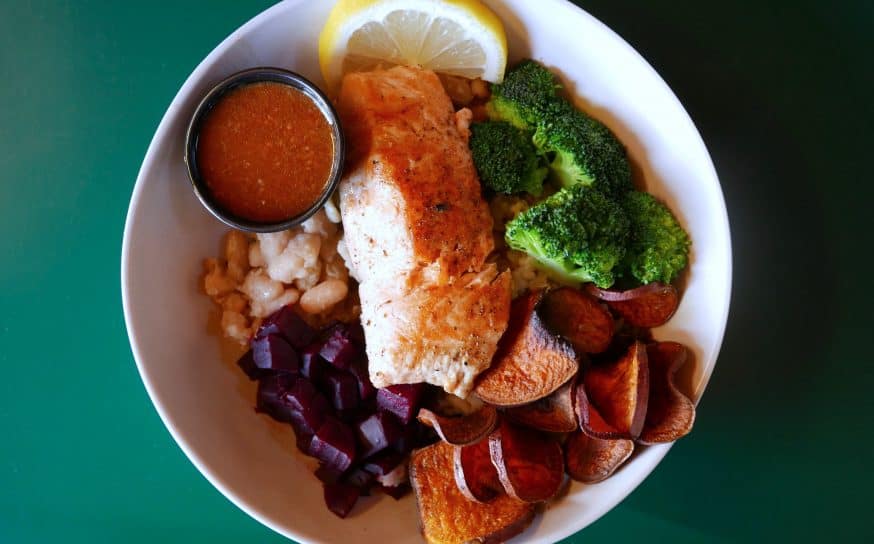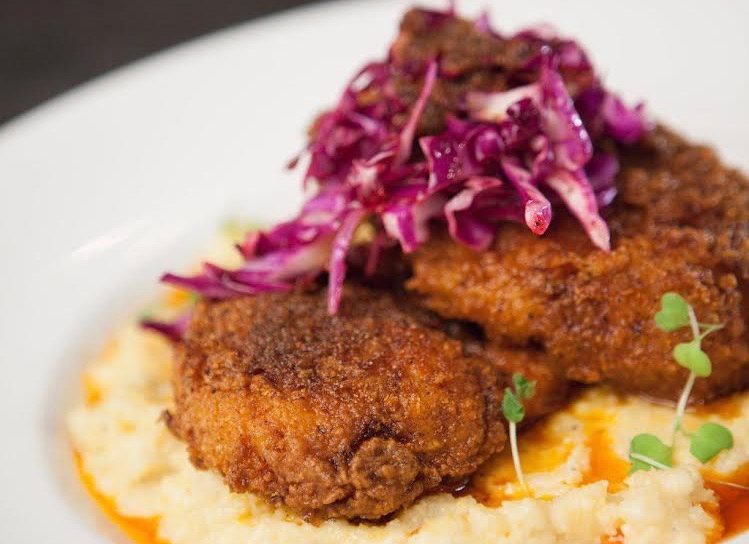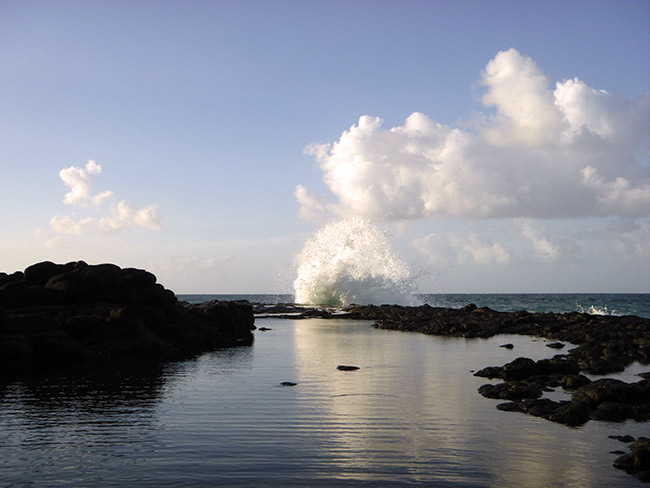
Hawai’ian Holiday
The breathtaking Hualālai landscape, hot Kona coffee and haute cuisine are all on the menu for this Big Island getaway.
-
CategoryUncategorized
-
Written byBonnie Graves
Struggling to come up with the perfect holiday gift idea for your sweetheart this year? If socks, sweaters and perfume seem like predictably small tokens of affection, why not go big?
Go big and go Big Island, as in a trip to Hawaii that’s guaranteed to beat anything Santa can deliver.
Perhaps because we’re blessed with our own sun and surf in Southern California, many residents look east and not west when considering getaways—and that’s a shame. Culturally, the links between our 50th state and the Golden State have never been stronger, particularly when it comes to food.
Hawai’i—the Big Island and the largest within the state’s archipelago—has in recent years become an epicenter for sustainable tourism, a movement in which local labor and local products are meaningfully integrated into tourist destinations. In Hawai’i, this luckily includes prized goods like Kona coffee, Waimea tomatoes, papayas and pineapples, Mauna Loa macadamia nuts, and exceptional free-range pork and beef grown at Parker Ranch—one of the largest cattle ranches in the U.S. And don’t forget an incredible array of island fish and shellfish, of course—it all adds up to a foodie paradise within paradise, if you will.
There’s no better place to experience the best of the Big Island’s culinary magic than at the Four Seasons Hual-lai at historic Ka‘-p-lehu. Ka‘-p-lehu in many ways represents the fight for sustainability on the Big Island. Long a sacred place for Hawaiian chiefs, the area’s closed-in reefs and sheltered bays made it a prized mecca for seafood.
Today, however, the Nature Conservancy estimates at least a 30% loss of coral mass and a 41% loss of total fish abundance, primarily due to overfishing and illegal reef access at Ka‘-p-lehu. Devastated by the eruption of the Hual-lai volcano flow that reached the shoreline in 1800, today’s threats to the area are more from man than magma.
The Four Seasons property here is an important example of respectful development that has earned it rave reviews from guests, private owners and locals alike. The Four Seasons Resort is carefully and strategically laid out to protect and integrate the marine ecosystem that surrounds its luxurious lanais.
Building materials like bamboo, rattan and black lava rock are all indigenous, as are the food items you’ll find across its several dining outlets. Native Hawaiian art adorns the walls, and the resort plays host to the Ka‘upulehu Cultural Center on property.

Palm Grove Pool time well spent

It is also one of the largest employers on the north Kona coast and is easily the most important dining destination. Bear in mind, this isn’t eco-tourism where you’re rolling up your sleeves to do the heavy lifting; rather, this kind of conscientiousness comes with both a rare Forbes Five-Star rating and a price tag to match.
But oh, the food! If you’re serious about cuisine, consider booking your Hawaiian holiday during the resort’s “La Dolce Vita” week, typically held in early June. Partly an homage to Chef Nick Mastrascusa’s Italian heritage, this annual series of gastronomic classes and meals recently featured one of SoCal’s most popular winemaking duos, Steve and Chrystal Clifton of Palmina and Brewer-Clifton wines. The Palmina label is devoted to Californian interpretations of classic Italian varietals, which complemented the dolce vita theme particularly well.
Guest opportunities range from an excursion to the acclaimed Wow Farm in Waimea for pick-your-own tomatoes to the “Ultimate Catch” dinner, where just-caught native Hawaiian fish are grilled right on the beach. Chef Nick is as much a teacher as a cook, and La Dolce Vita guests are welcome to participate in his make-your-own-gnocchi class, just as Nick’s grandmother did it. The personalized gnocchi, hand-picked organic tomatoes from Wow and Clifton’s barbera wine make for a brilliantly integrated meal that’s light-years away from boring hotel food.

If you need to work off that gnocchi doing something that burns more calories than lounging near one of the resort’s seven pools, ask the concierge to arrange a day trip for you. Long-dormant Hual-lai hasn’t erupted in more than 200 years, although much like LA’s nervous wait for the inevitable next earthquake, geologists by no means believe it to be extinct.
For current pyrotechnics, however, you’ll need to drive to Hawai’i Volcanoes National Park, a once-in-a-lifetime visit to the ancestral home of Pele, the fire goddess, where Mount Kilauea has been erupting continuously since 1983. Also well worth the drive is a visit to the Akaka and Kahuna waterfalls, where the lush, verdant green terrain is markedly different than Hual-lai’s striking black rock on white sand against turquoise sea.
For coffee enthusiasts, the Kona coast offers an opportunity to buy world-class beans at rock-bottom prices—you just might want to pack an extra suitcase. Now entering its 42nd year, the Kona Coffee Cultural Festival is to caffeine junkies what the Ironman World Championships is to adrenaline junkies. That this tiny piece of coastline plays host to both legendary events speaks to the diversity of the experiences available on the Big Island.
Fresh tuna on display at Pahu a’i.






